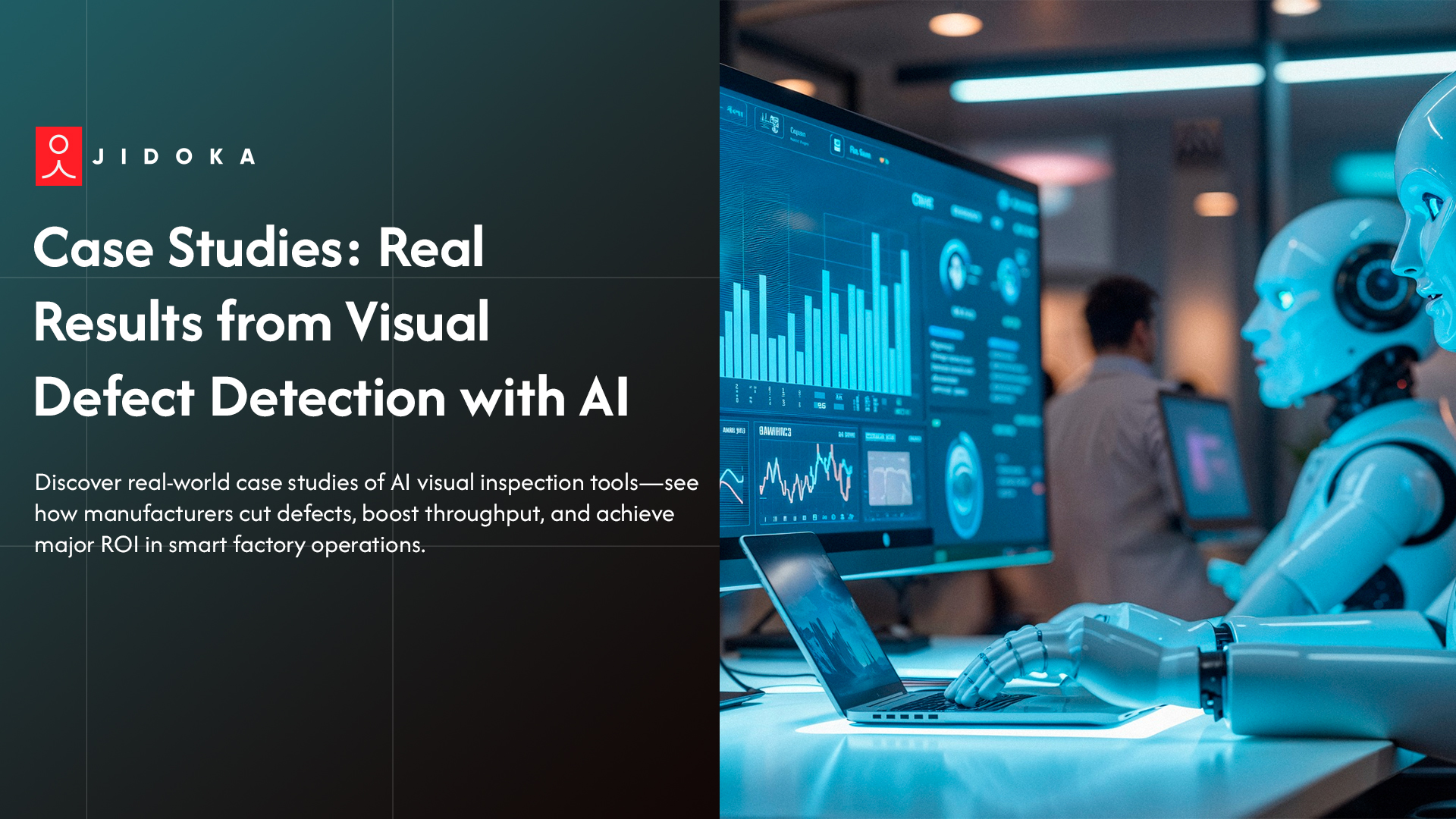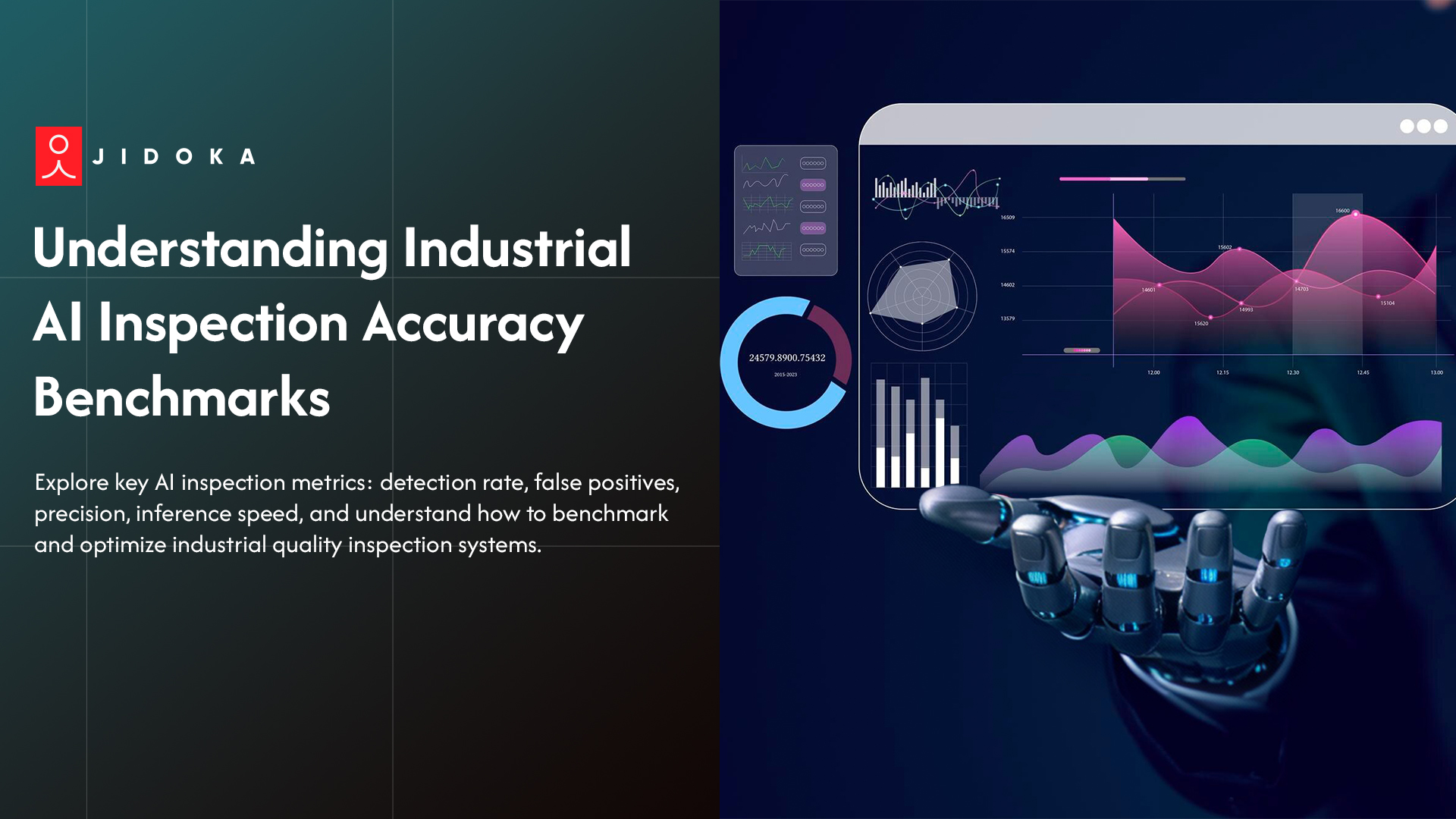U.S. manufacturing faces a big problem. A single assembly error, like a missing screw or a misaligned bracket, can cost thousands in recalls and warranty claims. Manual assembly inspection is only about 80% accurate.
Human error is no longer an acceptable excuse. As U.S. manufacturers push for "smart factory" automation in 2025, the focus has shifted to achieving 100% accuracy. The goal is simple: ensure every product is built correctly the first time.
This guide covers 5 essential tips to improve your assembly inspection process, using assembly verification AI and solutions from specialists like Jidoka Tech to build a truly error-proof system.
1. Go Beyond 2D: Why 3D is Non-Negotiable for Complex Assembly Inspection
You need to see your product as your customer does: in three dimensions. Traditional 2D cameras are flat. They cannot tell if a screw is present but not fully tightened, or if a component is seated at the wrong angle.
This is where your 2D assembly inspection fails. For quality control in modern manufacturing, 3D inspection is a must for a reliable assembly inspection.
A) The "Z-Axis" Problem: Detecting Height, Depth, and Angle
The "Z-axis" is the dimension of depth and height. 2D cameras have no Z-axis data. A 2D image is a flat X-Y grid. It confirms where a part is, but not how it is seated. For complex product assembly, this data is essential for error-proofing.
B) Why 2D Misses "Soft-Set" or Misaligned Parts
To a 2D camera, a fully tightened screw and a "soft-set" (not fully torqued) screw look identical. Both are just a circle in the right spot. The camera cannot detect the height difference. This poor defect detection also misses tilted or cross-threaded parts, which causes field failures.
C) How 3D Vision Verifies Correct Seating and Orientation
Modern 3D inspection uses laser triangulation to create a 3D map of the part. This lets your automated inspection system measure height, depth, and angles. It verifies that every component is perfectly seated, improving your entire assembly inspection process.
But seeing how a part is seated is only half the battle; your system also has to master the basic check of whether a part is truly there.
2. Master "Presence-Absence Detection" (It's More Than Just "Is it There?")
At its core, most assembly inspections are a series of "go/no-go" checks. But simple presence-absence detection often fails. A shiny part can cause a reflection, making a sensor think a part is there when it's not.
A part that is black-on-black can be invisible to a standard camera, leading to a failed assembly inspection. This is a major challenge for automated inspection systems.
A) The Challenge of Low-Contrast and "Black-on-Black" Parts
This is a classic machine vision failure. When you place a black O-ring on a black plastic housing, the camera sees no clear edge. This lack of contrast makes traditional defect detection tools unreliable. Your quality control system might pass a part that's missing a component.
B) Using Specialized Lighting to Beat Glare and Reflections
The solution is often physics, not just software. You can defeat reflections on shiny metal by using a "diffuse dome light" for shadow-less illumination. For low-contrast parts, "backlighting" creates a perfect, high-contrast silhouette. The right lighting is fundamental to accurate presence-absence detection.
C) Verifying the Correct Part is Present, Not Just a Part
Advanced assembly inspection isn't just checking for a screw. It's checking for the correct screw. The system must verify a 10mm screw wasn't used instead of an 8mm one. This requires strong component verification to ensure 100% accuracy.
A good assembly inspection checks not just the part, but the right part. Once you've mastered what you're looking for, you must consider when you look for it.
3. Stop Inspecting Only at the End: Adopt In-Line Verification
The most expensive time to find a mistake is when the product is fully assembled. A single missed internal component can force you to scrap the entire unit. The 2025 "zero-defect" strategy is to build quality control into the process, not just inspect it at the end. Your assembly line needs this to be efficient.
A) The High Cost of End-of-Line Failure
An end-of-line assembly inspection only tells you that you failed. It does not tell you where or why. A single missing gasket found at the final check means the entire engine assembly is now defective. This leads to massive rework costs, production bottlenecks, and a high scrap rate.
B) Placing "Checkpoint" Inspections at Critical Assembly Stages
In-line verification means placing automated inspection systems at "checkpoints." For example, an assembly inspection before a connector housing is sealed ensures all pins are present. This error-proofing catches the mistake immediately, at the lowest possible cost, before it is covered up.
C) Gaining Full Traceability: Knowing When and Where a Failure Occurred
In-line assembly inspection creates a complete digital record for every unit at every step. This industrial automation gives you full traceability. If a warranty claim appears, you can trace that unit's serial number back to the exact image, station, and time of its assembly for fast root cause analysis.
Checking at the right time is important, but how you check with modern tools is the real difference-maker.
4. Leverage Assembly Verification AI (The Biggest Difference-Maker)
This is the single most important upgrade for modern manufacturing. Traditional, rule-based machine vision is brittle. If a part is slightly rotated or the lighting changes, the system fails. Assembly verification AI is different. You train it by showing it examples of "good" assemblies. This makes your assembly inspection much more robust.
A) Traditional Rules vs. AI: Why "Example-Based" Wins
Traditional vision requires an engineer to manually write hard-coded rules for every defect detection. This is time-consuming and cannot find new, unexpected defects. Assembly verification AI is "example-based." You train it on 50-100 "golden samples" of a good product assembly. It learns what is normal and can then flag any deviation, anticipated or not.
B) How AI Learns to Ignore Normal Variations (like lighting or texture)
This is the key advantage for assembly inspection. A rule-based system will fail if ambient light flickers. Because assembly verification AI has been trained on many "good" images with these harmless variations, it learns to ignore them. This dramatically reduces false positives.
C) The Power of AI in Presence-Absence Detection for Complex Kits
Inspecting a kit with 50+ unique parts is a nightmare for traditional automated inspection. An AI-powered system can be trained on the correct kit. It analyzes the entire tray in one snapshot. It confirms all components are present, making presence-absence detection fast and accurate.
Using this kind of AI is the biggest step you can take. Now, let's look at how you can implement it.
5. Implement Error-Proof Assembly Inspection With Jidoka Tech
Knowing you need assembly verification AI is one thing. Implementing it is another. Jidoka Tech specializes in deploying "autonomation" (automation with a human touch) to solve these exact problems.
With 48+ trusted customers worldwide and over 100+ successful implementations, they provide a clear path for your industrial automation needs, helping you achieve a better assembly inspection.
1. Using the "Nagare" Platform for Digital Work Instructions
Jidoka's Nagare platform acts as an intelligent guide. It uses your existing cameras to verify that operators perform each assembly step correctly in real-time.
- It provides digital work instructions.
- It verifies operator actions against the digital steps.
- This error-proofing prevents mistakes before they happen.
2. Deploying "Kompass" for High-Speed Assembly Verification AI
For high-speed lines, Jidoka's Kompass AI inspection suite can be retrofitted to your assembly line. It is a deep learning system designed for complex automated inspection.
- It handles 360° inspections at full production speed.
- It manages complex presence-absence detection and alignment.
- It helps your assembly inspection achieve over 99.5% accuracy.
You can learn more about how Jidoka's assembly inspection solutions can help your specific operation. Connect with Jidoka today to improve your assembly inspection process.
Now, let's wrap up what we have learned. Here is a quick overview of the 5 tips for improving your assembly inspection:
Conclusion: Stop Finding Errors, Start Preventing Them
Improving your assembly inspection means upgrading your technology, not just adding inspectors. The pain points are obvious. Sticking with 2D vision misses depth errors. Basic presence-absence detection fails on shiny or "black-on-black" parts. Finding errors at the end of the assembly line is too expensive.
Getting this wrong is not an option. A single missed component in your assembly inspection can lead to thousands in recalls and warranty claims. You risk scrapping entire production runs because an error was found too late. You lose customer trust. Your competitors are already using assembly verification AI, and sticking with old methods means you will fall behind.
You can move from finding errors to preventing them. By embracing 3D vision, mastering true presence-absence detection, and leveraging the power of assembly verification AI, you can reach the 2025 goal of 100% quality control.
Jidoka Tech offers the platforms (Nagare and Kompass) to help you implement a true error-proofing system for your assembly inspection.
Take the next step and contact Jidoka today.
Frequently Asked Questions
1. What is assembly inspection?
Assembly inspection is a critical quality control step in manufacturing. It is the process of verifying that a product assembly is built correctly. This includes full component verification to ensure all parts are present, in the right location, and correctly oriented on the assembly line for zero-defect results.
2. What is presence-absence detection?
Presence-absence detection is a common machine vision task used in automated inspection. It uses cameras or sensors to confirm if a specific component, like a screw or clip, is in its designated spot. This component verification is a fundamental part of assembly inspection and error-proofing the assembly line.
3. How does assembly verification AI work?
Assembly verification AI improves on traditional machine vision. Instead of rigid rules, you train the AI by showing it many examples of a "good" product assembly. The AI learns what is normal and can then spot any deviation. This makes defect detection more flexible and powerful for your assembly inspection.
4. Can AI check for multiple components at once?
Yes. A single assembly verification AI system excels at this. It can analyze an entire complex kit or final product assembly in one snapshot. This form of automated inspection allows for simultaneous component verification of dozens of different parts, making your assembly inspection process much faster.
5. What is the difference between 2D and 3D assembly inspection?
A 2D assembly inspection only checks flat features, like part presence. A 3D inspection adds the critical Z-axis (depth). This allows your automated inspection system to perform better defect detection by measuring a component's height, angle, and verifying if it is fully seated, which 2D machine vision cannot do.
6. Can AI be added to my existing assembly line?
Yes. This is a key benefit of modern industrial automation. Many assembly verification AI platforms, like those from Jidoka Tech, are "hardware-agnostic." This means the AI software can integrate with your existing cameras and equipment, letting you upgrade your assembly line without replacing all your hardware.
%205%20Things%20to%20Know%20For%20Improving%20Your%20Assembly%20Inspection.jpg)







